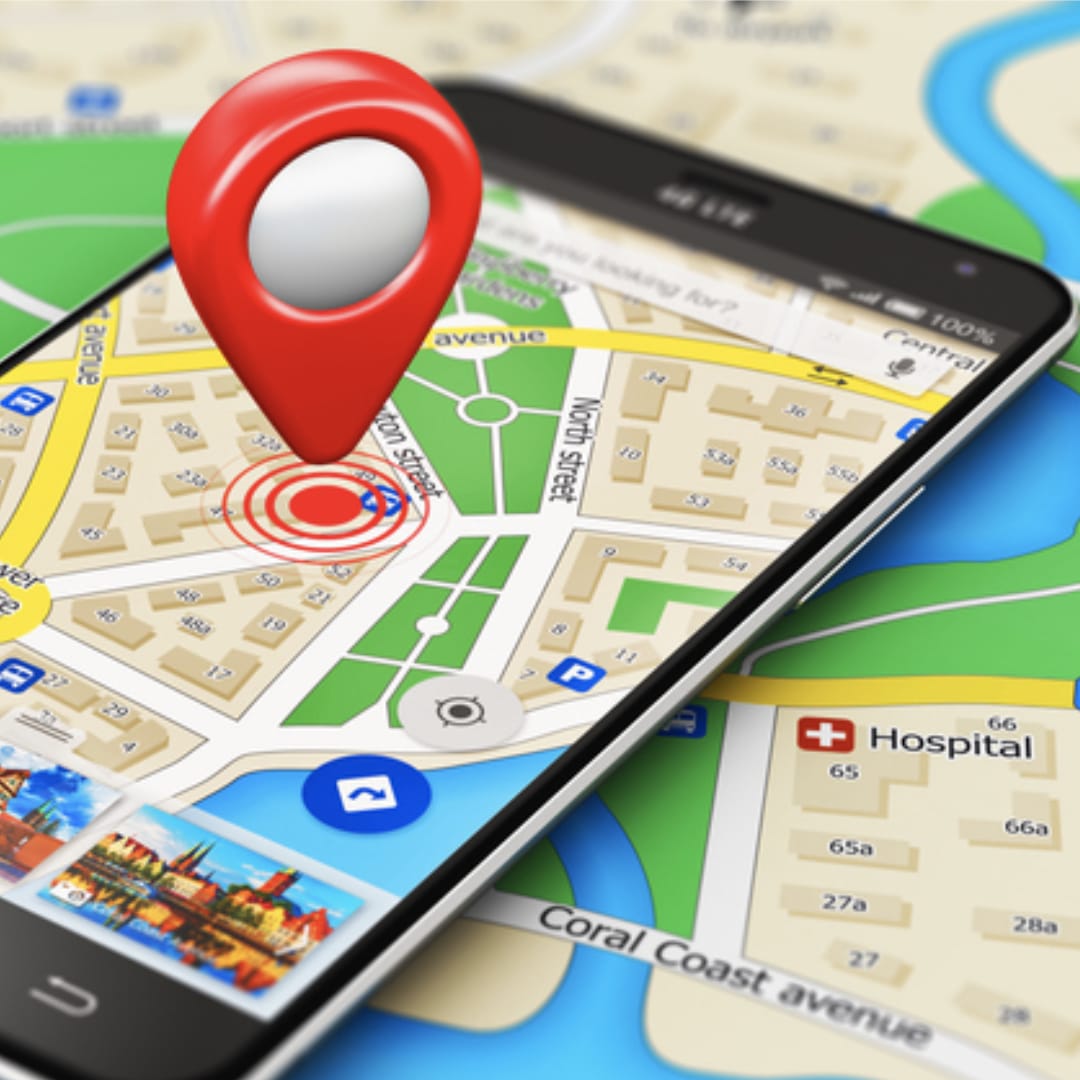The Importance of Clear Wayfinding and Signage

Clear wayfinding and signage play a crucial role in guiding and informing people. From hospitals and airports to office buildings and retail establishments, effective wayfinding and signage can increase efficiency, enhance the customer experience, and increase safety and security.
Increased efficiency:
When people are able to quickly find their way to their desired destination, they can spend more time on their intended tasks. This is extremely important in environments with high foot traffic or time constraints – such as airports and hospitals.
Enhance Customer Experience:
When people feel lost or disoriented, it can lead to frustration and a negative impression. By providing appropriate, easy-to-use wayfinding and signage, people have a sense of order and professionalism, which can contribute to a more positive customer experience.
Increase Safety & Security:
By providing clear directions and information, businesses can help ensure that people are aware of emergency exits, evacuation routes, and other important safety information. This can help reduce the risk of accidents and emergencies, and improve the overall safety of the environment.
There are numerous examples of businesses that have successfully implemented wayfinding and signage strategies. What strategies should your business implement to improve efficiency, customer experience and safety?